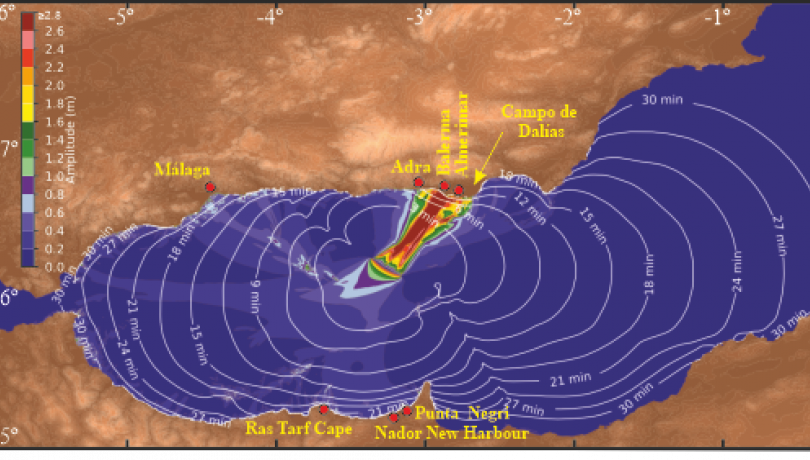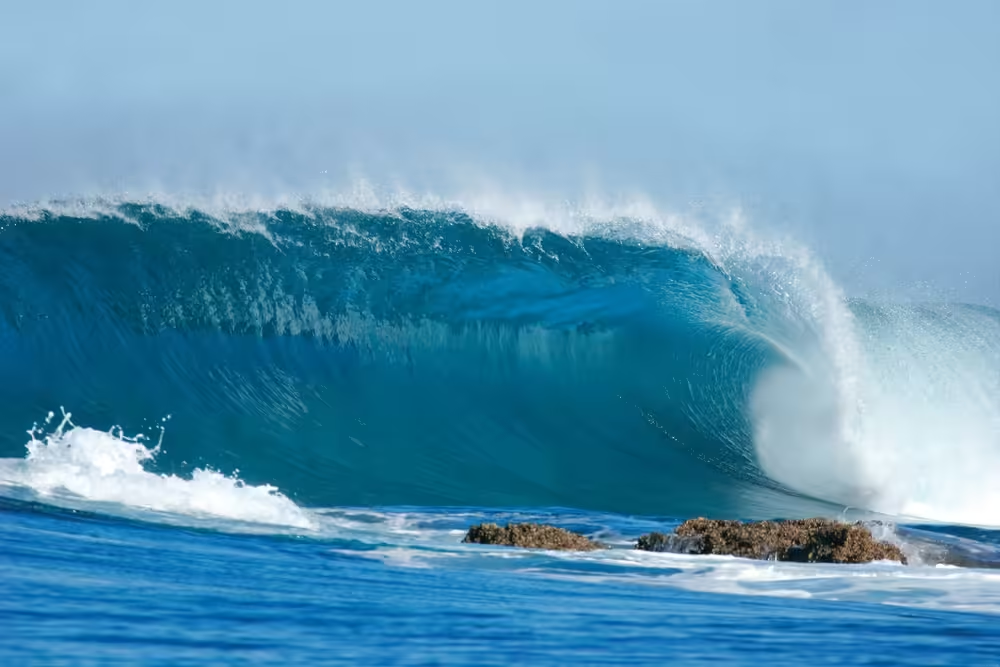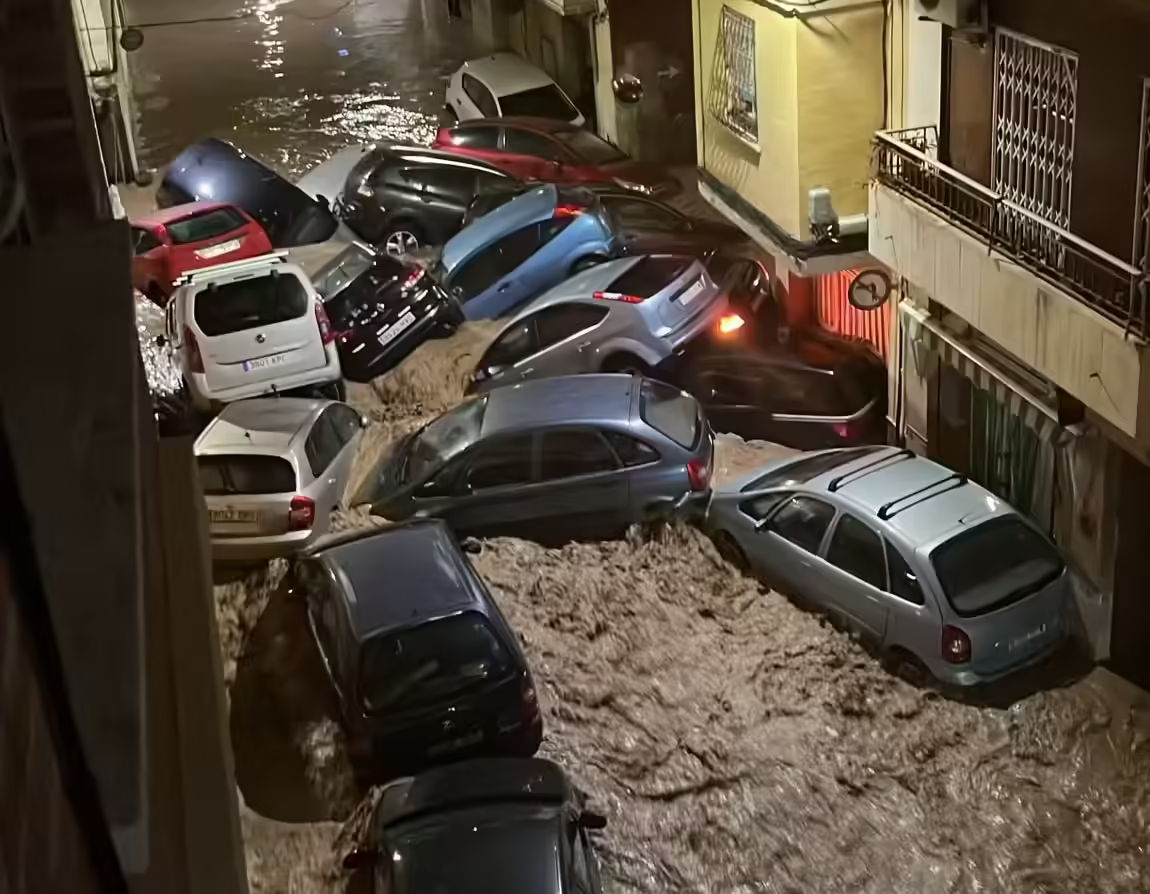Spain Faces Rising Threat of Tsunamis in Coming Decades
Spain, with its extensive coastline bordering both the Atlantic Ocean and the Mediterranean Sea, is not immune to the destructive power of tsunamis. While the country has historically experienced relatively few tsunami events, recent studies indicate a heightened risk in the coming decades, driven by factors such as seismic activity and climate change.
Probabilistic Tsunami Hazard in the Mediterranean Sea, a groundbreaking study published in a geophysical research journal, paints a stark picture of the impending threat. It highlights the Mediterranean Sea, particularly the Alboran Sea, as an area of high seismic activity, making the entire Mediterranean coast, from Valencia to Malaga and the Balearic Islands, vulnerable to tsunami waves.
The Alboran Sea: A Seismic Hotbed
The Alboran Sea, situated between Spain and Morocco, is home to the Averroes Fault, a marine fault line with the potential to unleash devastating tsunamis. A study by the CSIC, published in the journal Scientific Reports, estimates that an earthquake along this fault could generate waves reaching heights of six meters, reaching the Spanish coast within 21 to 35 minutes.

Rising Probability of a Mediterranean Tsunami
The Intergovernmental Oceanographic Commission (IOC) has issued a stark warning, stating that the probability of a tsunami exceeding one meter in height striking the Mediterranean in the next 30 years is close to 100%. This highlights the urgent need for a robust tsunami warning system in the region.
Impact on Spain’s Coastlines
While the entire Mediterranean coast of Spain is at risk, the areas with the highest probability of experiencing a tsunami are:
- Valencia
- Malaga
- Balearic Islands
The Atlantic coast of Spain, particularly the southwestern region, is also susceptible to tsunamis, with the following areas facing the highest risk:
- Canaries
- Western Andalucia
Tsunami Warning Systems: Crucial for Early Detection
In response to the growing tsunami threat, Spain has implemented the State Plan for Civil Protection against the Risk of Tidal Waves. This plan outlines a system of alerts to provide timely warning in the event of a tsunami.
Tsunami Arrival Times
The time it takes for a tsunami to reach the Spanish coast depends on its origin:
- Locally generated tsunamis: Almost immediate impact
- Regional tsunamis (e.g., southwest of Cape St. Vincent): 40 minutes to reach Cadiz
- Tsunamis from Algeria: 40 minutes to reach the Balearic Islands
- Tsunamis from southern Italy: 2 hours to reach the Balearic Islands
- Tsunamis from the Azores: 2.5 hours to reach the Canary Islands and Galicia
- Tsunamis from the Caribbean: 6 hours to reach the Canary Islands, 8 hours to reach Huelva and Cadiz
Wave Height Variation: A Dangerous Deception
Tsunami waves can vary significantly in height depending on the underwater topography. While a wave may measure only one meter in deep ocean, it can rise to tens of meters in shallow coastal waters. This explains why tsunamis often go unnoticed at sea but cause immense damage upon reaching land.
Historical Tsunami Events in Spain
Spain has not been spared from the destructive force of tsunamis. The most severe event occurred in 1755 when an earthquake off the coast of Portugal triggered a tsunami that wreaked havoc on the Cadiz and Huelva coasts, killing over 2,000 people.
A Call for Preparedness
The threat of tsunamis in Spain demands a concerted effort towards preparedness. This includes:
- Public awareness campaigns
- Regularly updating tsunami hazard maps
- Implementing effective evacuation plans
- Upgrading coastal infrastructure to withstand tsunami impact
- Strengthening international cooperation for tsunami early warning systems
By taking these proactive measures, Spain can mitigate the potential devastation of tsunamis and safeguard its coastal communities.
Share this content:




6 comments